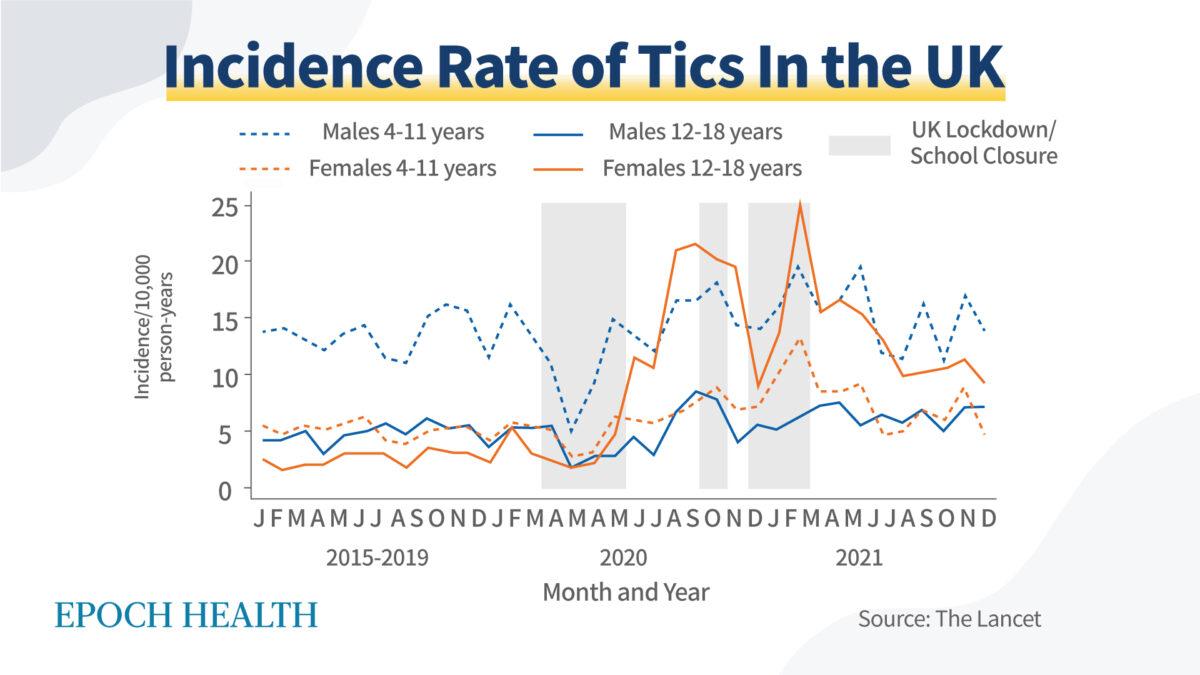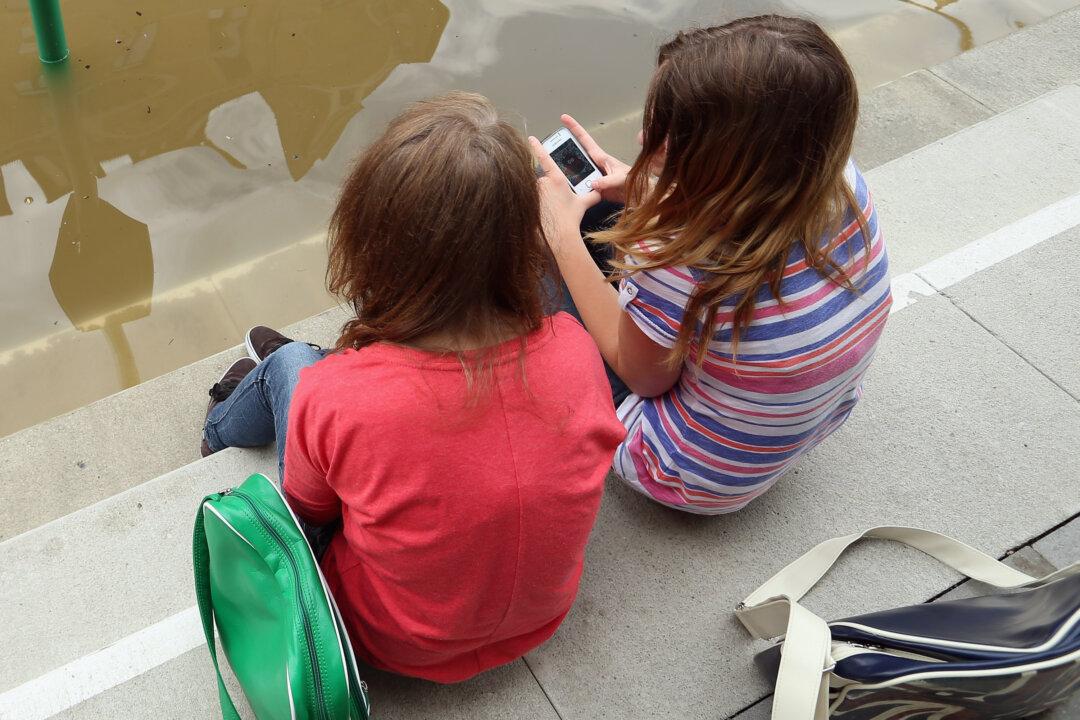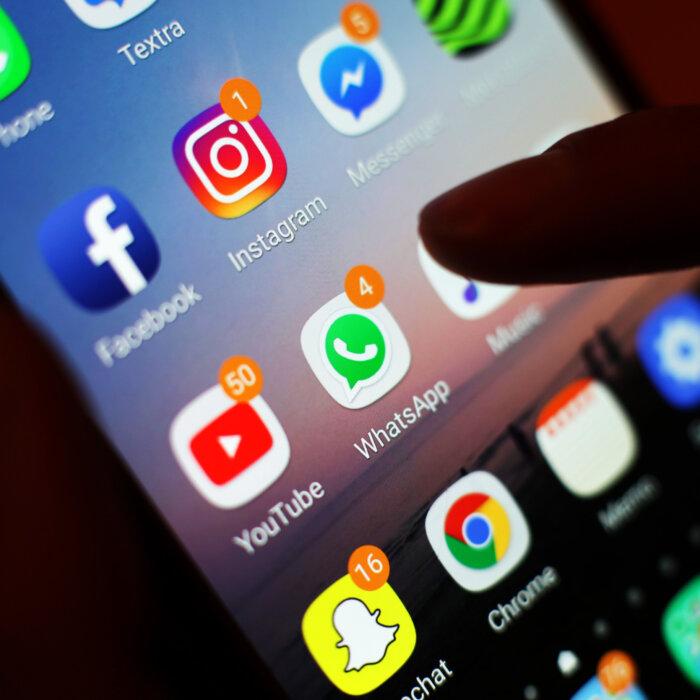A smartphone described as being safer for children, which comes with built-in guardrails and remote monitoring capabilities for parents, has launched in the UK.
Pinwheel is an operating system designed specifically for children and comes loaded directly onto a range of existing smartphones and can be used on all major networks.
Its launch follows calls from campaigners who have highlighted the powerfully addictive nature of smart screens for children as well as the safety risks posed to young people using them, such as bullying by their peers or online grooming by predatory adults.
Pinwheel devices enable parents to remotely monitor all of a child’s text messages and call history, giving them the ability to approve contacts and set time limits for apps and chat time.
Curated App Library
The operating system comes with a curated app library designed to be age-appropriate for the child, with all social media apps and web browsers not included.Mounting concerns about the negative impact of social media and general phone screen time on children’s physical and mental health have led to many of the biggest phone makers and online platforms introducing various parental controls and enhanced safety features in recent years.
However, such an ad hoc monitoring system often requires parents to have an account on the platform in question, or use a similar device, and concerns have been raised that children can become more tech-savvy than many adults at a young age, allowing them to evade observation.
Pinwheel says that in contrast, parents can monitor their devices from a central online portal, accessible from either desktop or on mobile, and parents can customise settings over time, unlocking more features as their child grows up.
‘Positive First Step’
SafeScreens director Arabella Skinner told The Epoch Times she welcomes Pinwheel phones as a “positive” first sign “that manufacturers are recognising that there’s a need for smartphones which are safe by design for children and young people. This product does give parents and children more choices, with no direct internet access and limited social media.”But she said there is room for improvement as the new operating system “still has apps available that allow shared locations and communication with other users, as well as the potential to form unhealthy addictive habits, such as through the calorie counting apps.”
She added: “Pinwheel is a step forward, but the onus is still on parents to understand the risks of every app—even the not-obvious ones. This is why a regulatory framework across all phones for children which is safe from the box and stays safe is so important.”
Physical and Mental Problems
Smartphone use has also been linked to physical conditions, including eyesight problems, the development of tics and Tourette syndrome, obesity, disordered sleeping and musculoskeletal issues. Social media use has also been linked to poor self-esteem, which can lead to eating disorders and body dysmorphia.HPSS said that while it supports the Online Safety Act “in principle,” it is vital that big tech is held more accountable for the potential damage their products can do to children’s health and their life chances.
“The smartphone extends a hold and influence over a person like no other device does. Its growing ubiquity amongst younger and younger children, accompanied by the rapid acceleration of the product cycle and lack of any risk assessment of harms for its use by children, means that the issues we are seeing now in our teenagers will be significantly increased in our toddlers when they reach their teen years. Children who struggle with self-control and seek social acceptance may become trapped in a cycle of dependency and peer pressure,” the HPSS briefing document said.
The announcement of the new phones comes on the same day as a poll showed than two-thirds of teachers believe the impact of social media on pupils is the most pronounced challenge in girls’ schools.

Harm Done to Girls
Nearly three in five (58 percent) of teachers said that mental health issues are the primary challenge in girls-only schools, according to research by the Girls’ Schools Association (GSA) and ImpactEd.The study involved surveys of teachers, parents, alumnae and pupils from 165 girls’ schools in the UK and Australia and was designed to examine the benefits and challenges of girls-only education.
A poll of 560 teachers, most with experience teaching in a co-ed school and or a boys’ school in addition to a girls’ school, found that 67 percent said that social media was the biggest challenge in girls-only schools.
The findings were released to more than 150 headteachers of girls’ schools at the GSA’s annual conference in Manchester on Tuesday.
Donna Stevens, chief executive of the GSA, told the PA news agency: “I think what they’re really saying is that social media is most impactful for girls full stop. Not just girls’ schools, but it would then follow because you’ve got all girls together.”







